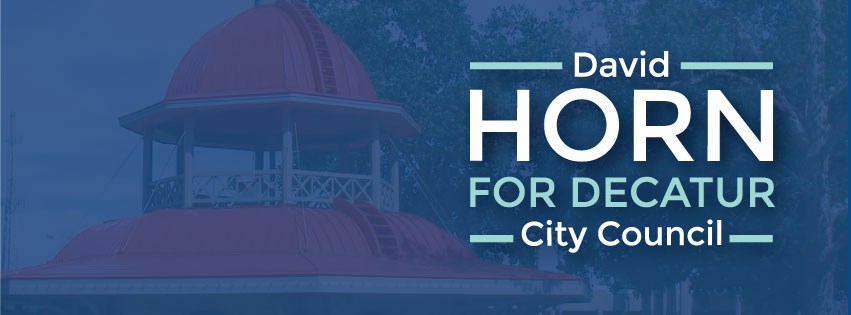
Decatur's population falls below 69,000
The estimated population of Decatur fell from 69,097 in July 2022 to 68,670 in July 2023 according to data published by the U.S. Census Bureau. The decline follows both short- and long-term trends. The population decreased 3% between the April 1, 2020 census when the population was 70,522, and July 1, 2023, a loss of 1,852 residents. The city’s population has declined 10% since 2010 when there were 76,122 residents (https://www.census.gov/quickfacts/decaturcityillinois).
Decatur has several notable differences in areas such as education, economy, income, and housing compared to IL and the U.S. (using U.S. Census Bureau data from 2018-2022). In regards to education, the percent of persons 25 and older with a high school degree or higher is similar in Decatur (90.9%) compared to IL (90.1%), and the U.S. (89.1%). However, the percent of Decatur residents 25 and older with a bachelor’s degree or higher is smaller (21.4%) compared to IL (36.7%) and U.S. (34.3%).
As it pertains to the economy and income, the percentage of the population 16 and older in the labor force is lower in Decatur (56.7%) compared to IL (65.0%) and the U.S. (63.0%). The percentage of females in the population 16 and older in the labor force is also lower in Decatur (52.7%) compared to IL (60.4%) and the U.S. (58.5%). Simultaneously, median household income is lower in Decatur ($49,039) compared to IL ($78,433) and the U.S. ($75,149). The 19.5% poverty rate in Decatur is greater than the national (11.5%) and state (11.9%) averages.
In Decatur, both housing values and the number of owner-occupied housing units are lower than national and state averages. The median value of owner-occupied housing units was $281,900 in the U.S., $239,100 in IL, and $96,800 in Decatur. Owner-occupied housing unit rates are 64.8% in the U.S., 66.7% in IL, and 61.2% in Decatur.
Two of Decatur’s strategic priorities are neighborhood revitalization and workforce development, and implementation of strategies in these areas will help narrow the above gaps. However, the pace and magnitude of the city’s initiatives to date have not kept pace with population decline, neighborhood blight, or unemployment. Thus, more needs to be done by the city council to help our citizens achieve their American Dream and improve our city for many years to come.
